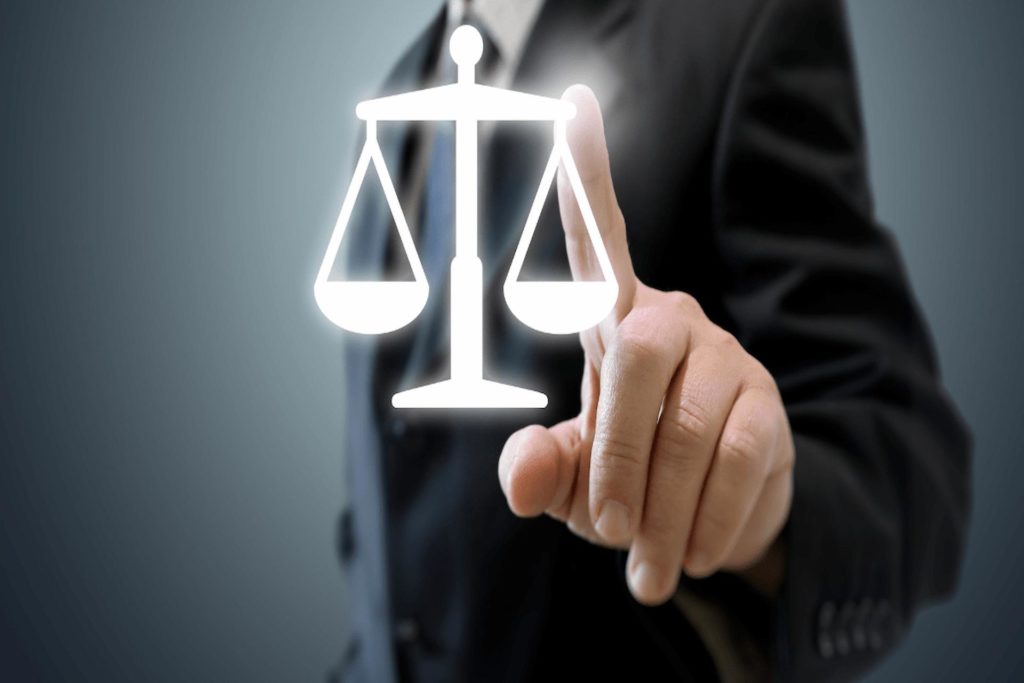Throughout the years, Congress has made multiple changes to the federal judicial system of the United States. However, the three-tiered structure of the system is quite clear-cut today. According to Judge Charles Burns, federal cases ideally start at the lowest federal level, which is the district (or trial) court. Losing parties may subsequently appeal their case to the higher courts—first to the circuit courts, or U.S. courts of appeals, and then, if selected by the justices, to the U.S. Supreme Court.
Judge Charles Burns talks about the Three Tiers Of The United States Federal Court System
Decisions of the higher courts in the Federal Court System are binding on the lower courts. The precedent set by each ruling, especially by the decisions of the Supreme Court, builds on principles and guidelines set by earlier cases. It also frames the ongoing operation of the courts and steers the direction of the entire system. Reliance on the precedent has allowed the federal courts to operate with consistency and logic, and validate their role as the key interpreters of the Constitution and the law. This legitimacy is especially vital in a country like the United States where citizens do not elect federal judges and justices but are still subject to their rulings.
There are 94 U.S. district courts in the 50 states and U.S. territories. Each state has at least one district court. The others are in Washington, DC; Puerto Rico; Guam; the U.S. Virgin Islands; as well as the Northern Mariana Islands. These are the trial courts of the national system. The federal cases are tried, witness testimonies are heard, and evidence are presented at these courts. No district court crosses its relevant state lines, and each one is overseen by a single judge. While some cases might be heard by a jury, some are not.
United States has 13 courts of appeals or circuit courts, and 11 across the nation, and two in Washington, DC. Each of these courts is overseen by a rotating panel of three judges who do not hold trials but rather review the rulings of the trial or district courts within their geographic circuit. There are currently 179 judges as authorized by Congress. As their rulings can be appealed to the U.S. Supreme Court, the circuit courts are commonly referred to as the intermediate appellate courts of the federal system. As Judge Charles Burns points out, distinctive circuit courts may hold distinctive cultural and legal views, which might lead to varied on similar legal questions. Clarifications from the Supreme Court might be required in these situations.
While people mostly focus on the district and circuit courts of the federal system, there are also certain federal trial courts that exist that have more specialized jurisdictions. These include the Court of International Trade, Court of Federal Claims, and the U.S. Tax Court. Specialized federal appeals courts additionally include the Court of Appeals for the Armed Forces and the Court of Appeals for Veterans Claims. Cases from any of such courts might also be appealed to the Supreme Court, even though such a situation is pretty rare.

